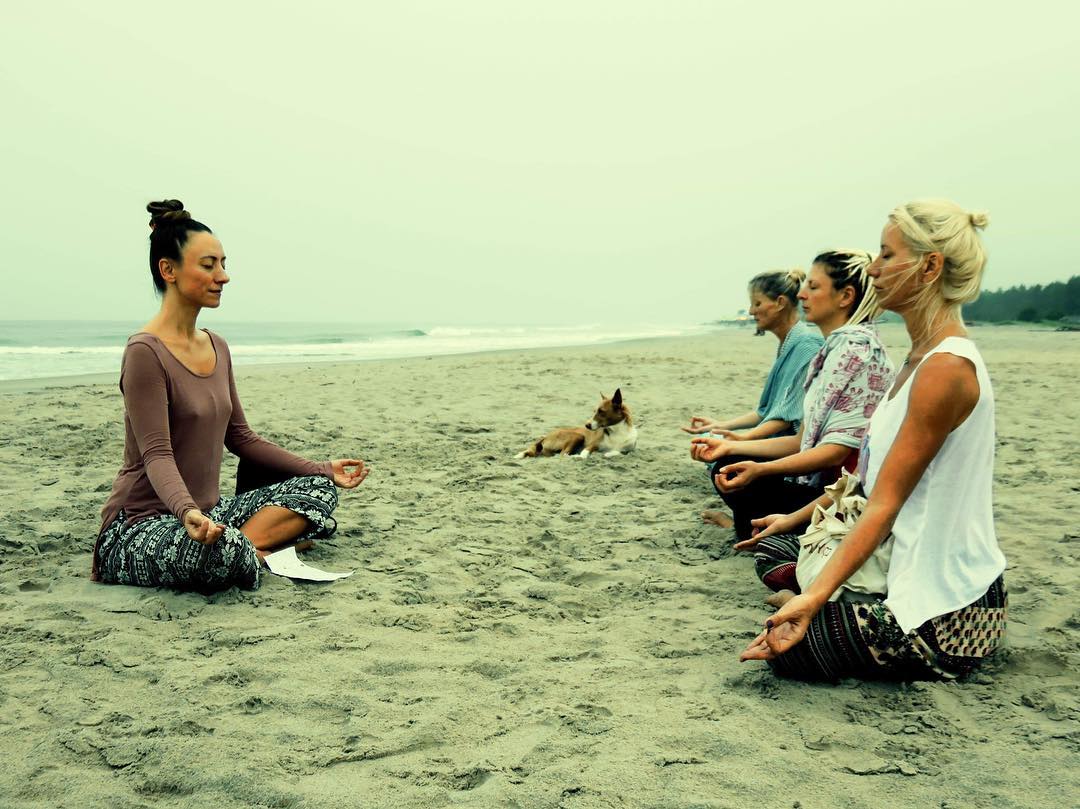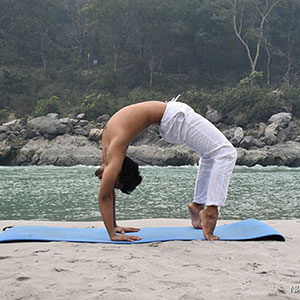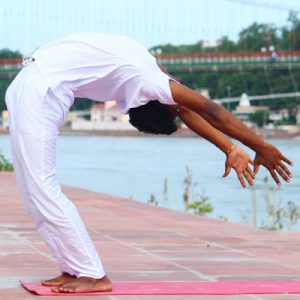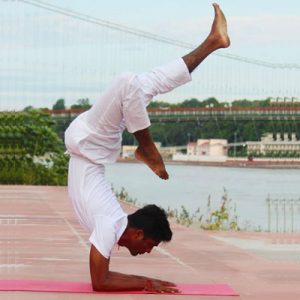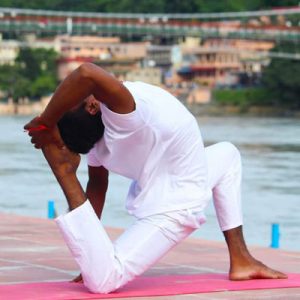Yoga and Ayurveda are siblings. They improve, compliment and do good to each other. Understanding Ayurveda can help you to decide what kind of yoga practice is better for different body types and different seasons. Both yoga and Ayurveda share the same origin and goal. They have their source in the Indian Vedic tradition, and both are a means to achieve more strength and better health.
Yoga and Ayurveda are the two interconnected branches of the same remarkable tree of Vedic knowledge that take account of the entire human life and the complete world. In this regard, it is imperative to understand the individual parts of Ayurveda and Yoga in the Vedic arrangement. Yoga and Ayurveda are not just two distinct but associated remedial disciplines of India. Each one has its exclusive place and purpose, but each extends beyond the other on different levels.
The Yoga and the Ayurveda – It’s a family
Yoga and Ayurveda are intimately interrelated. And in point of fact, Yoga and Ayurveda are referred to as siblings or sister sciences. They originate from the same ethnicity, background, and society. They work in concert, brilliantly, each sustaining the other to provide better health and more happiness.
When we talk about yoga, it is all about self-awareness as well as self-realization (yeah, yoga is not only about getting those killer abs). And having a ‘hale and hearty’ body as well as mind is in a lot of ways essential for that. On the other hand, Ayurveda is devoted to the health and strength of the body and mind.
So here’s a small secret for you…
When you practice Yoga and Ayurveda together, you enhance both, your mind and body.
Yoga is a fraction of Ayurveda
Yoga is talked about in ayurvedic texts including the Charaka Samhita. Yoga is essential for melting physical hassle and soothing the mind before meditation. Yoga is a fundamental aspect to dinacharya, the ayurvedic custom. It is the ultimate ayurvedic workout, as it revitalizes your body, improves your digestion, and helps you get rid of stress.
And Ayurveda is a fraction of Yoga
In the same way, yoga practitioners can gain a lot of advantage from the regular ayurvedic routine as a part of their day-to-day yoga practice. The knowledge of Maharishi Ayurveda offers extraordinary support to yoga practice. For example, abhyanga, an ayurvedic massage can help you do away with toxins from the body and calm your muscles down for yoga practice.
Why should we unite yoga and Ayurveda?
By exclusively practicing yoga, you cannot become “whole” if you carry on following an inadequate way of life and discover yourself in an imbalance. Since a good number of diseases are of psycho-somatic nature, we need to attain a constant betterment on a healing level.
For this, the amalgamation of Ayurveda and Yoga is very important. This means we need to recognize our foundation in addition to our requirements and lead our lives in that order. Only if we think about our very personal “self” we can attain a healthy and secure base. Poor health will always instigate from instability and flux of the Tridosha in our body where our mind plays a significant role. Thus, as we need to pursue an integrative course, the amalgamation of Yoga and meditation is essential for our well-being.
As a final point, Yoga leads us on our course to self-realization while Ayurveda leads us to self-healing. So, to achieve the eventual physical and psychological healing in addition to the definitive understanding of our true nature, Yoga and Ayurveda needs to form an indissoluble union – joined at the hip.


